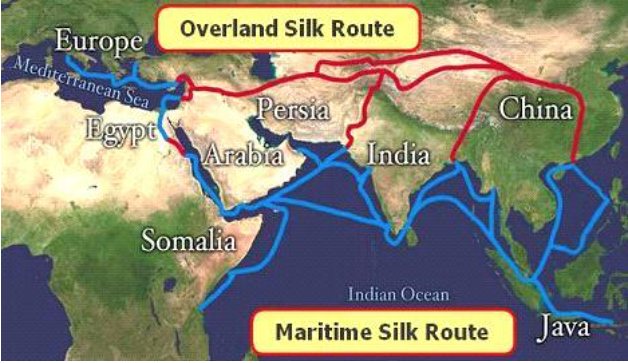Quarterly Feature: Building the Maritime Silk Route during Credit Tightening
As mentioned previously in this document and in our prior research, publicly listed Chinese banks, a key driver of GDP growth, have substantially cut back loan growth after demonstrating strong growth for several prior years. In addition, the Government owned public sector banks, China Exim and CDB, are facing similar pressures. For example, in 2013 CDB reported its lowest loan growth rates in 4 years of 9%, down considerably from 20% in 2012.
Selected examples of additional credit tightening this quarter included:
-
Zimbabwe requested USD10bn in new credit facilities, including an USD4bn upfront payment. China ended up granting c.USD2bn in new credit; however, this is fully secured by future Zimbabwean mining tax revenues.
-
Ghana saw its previously signed 2011 USD3bn credit facility halved to USD1.5bn.
-
South Sudan was granted an USD1bn new credit facility, down 50% from its initial request in December 2013.
-
Venezuela received USD4bn of new credit secured by 100,000 incremental barrels of oil per day (bpd). Previously, China had agreed much larger commitments at a much higher price of bpd, hence the new facility was granted at c.50% the price of the initial facility/fund.

Despite such reductions, in Q3 China continued to make a number of additional strategic investments in key deep sea ports along the Indian Ocean, through which 75% of China's oil passes. Such countries this quarter included India, Sri Lanka and the Maldives. These investments are designed to help build China's 21st Century Maritime Silk Route, a policy which President Xi introduced in October 2013. Arguably, China began reconstructing its Maritime Silk Route and investing in deep water ports in Bangladesh (2010), Myanmar (c. 2012) and Malaysia (2013) as well as annexing the management and operation of the port of Gwadar (Pakistan) in 2013; however, said investments this quarter have been specifically linked to the building of the New Maritime Silk Route.
As readers may recall from our prior research, China committed USD50bn to selected Central Asia countries during Q3 2013 to help fund the construction of the New Silk Road. So despite the tightening credit conditions, and the need to accommodate credit requests totalling USD30bn to the key Latin American countries of Venezuela, Brazil and Argentina (just prior to its most recent default), China was still able to help fund / further develop this very important strategic initiative.
© Grisons Peak 2014. All rights reserved. Reproduction by permission only of the Author of this document, Grisons Peak
Copyright and Intellectual Property Right Ownership: This document and all Information therein, contains material owned by either Grisons Peak or its Information Providers which is protected under copyright, trademark and other intellectual property laws. Neither this report nor any part of it may be reproduced, stored in a retrieval place or transmitted by any means, electronic, mechanical, photocopying, recording or otherwise without the prior written permission of Grisons Peak. Grisons Peak and its Information Providers, as applicable, own the copyright to all Information and works of authorship. All trademarks, service marks, and logos used on the document are the trademarks, service marks, or logos of Grisons Peak or its Information Providers, as applicable.
